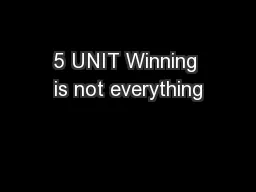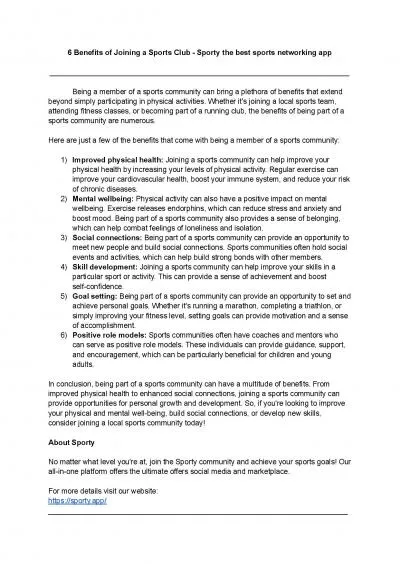PPT-Moneyball 2.0: Winning in Sports With Data
Author : calandra-battersby | Published Date : 2018-10-23
Spring 2018 Monte Carlo Simulations You are at week 10 of NFL season What are the chances that the Steelers will make the playoffs The NFL postseason just started
Presentation Embed Code
Download Presentation
Download Presentation The PPT/PDF document "Moneyball 2.0: Winning in Sports With D..." is the property of its rightful owner. Permission is granted to download and print the materials on this website for personal, non-commercial use only, and to display it on your personal computer provided you do not modify the materials and that you retain all copyright notices contained in the materials. By downloading content from our website, you accept the terms of this agreement.
Moneyball 2.0: Winning in Sports With Data: Transcript
Download Rules Of Document
"Moneyball 2.0: Winning in Sports With Data"The content belongs to its owner. You may download and print it for personal use, without modification, and keep all copyright notices. By downloading, you agree to these terms.
Related Documents














